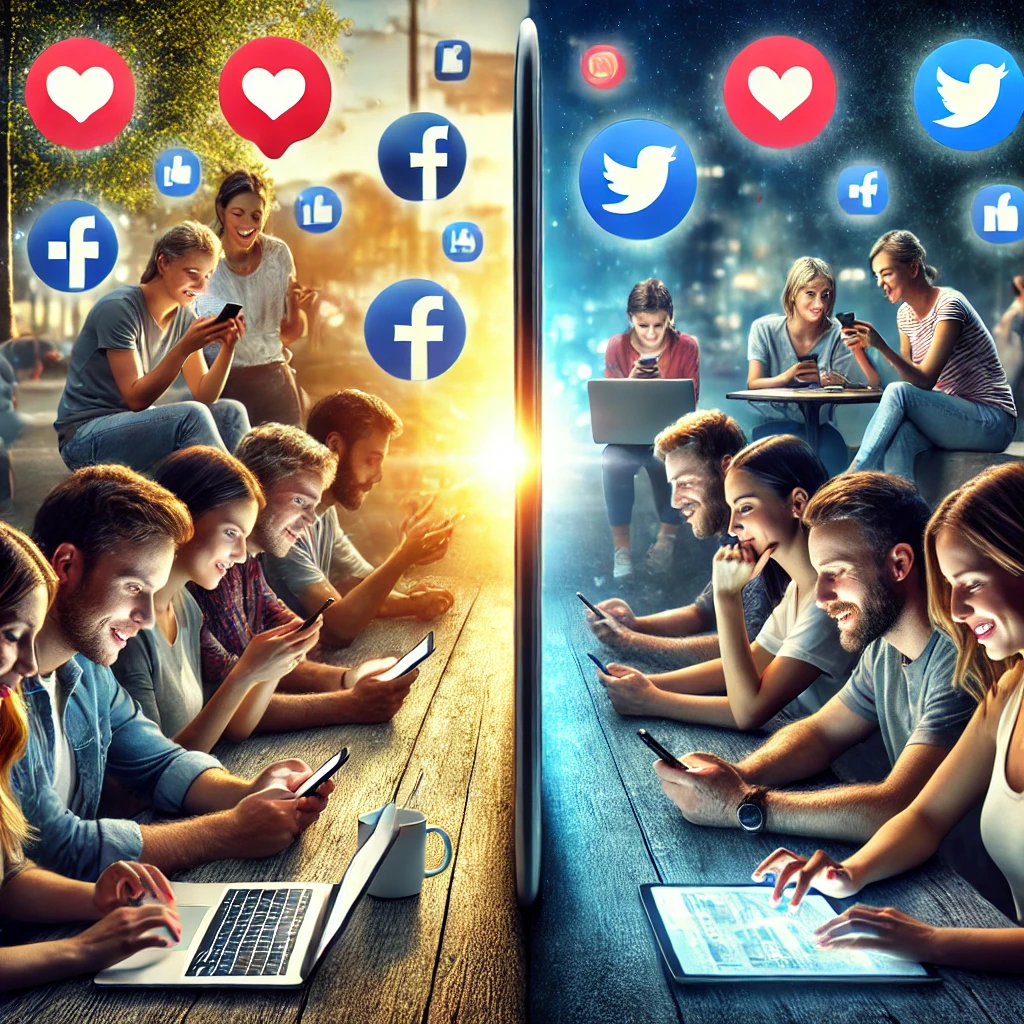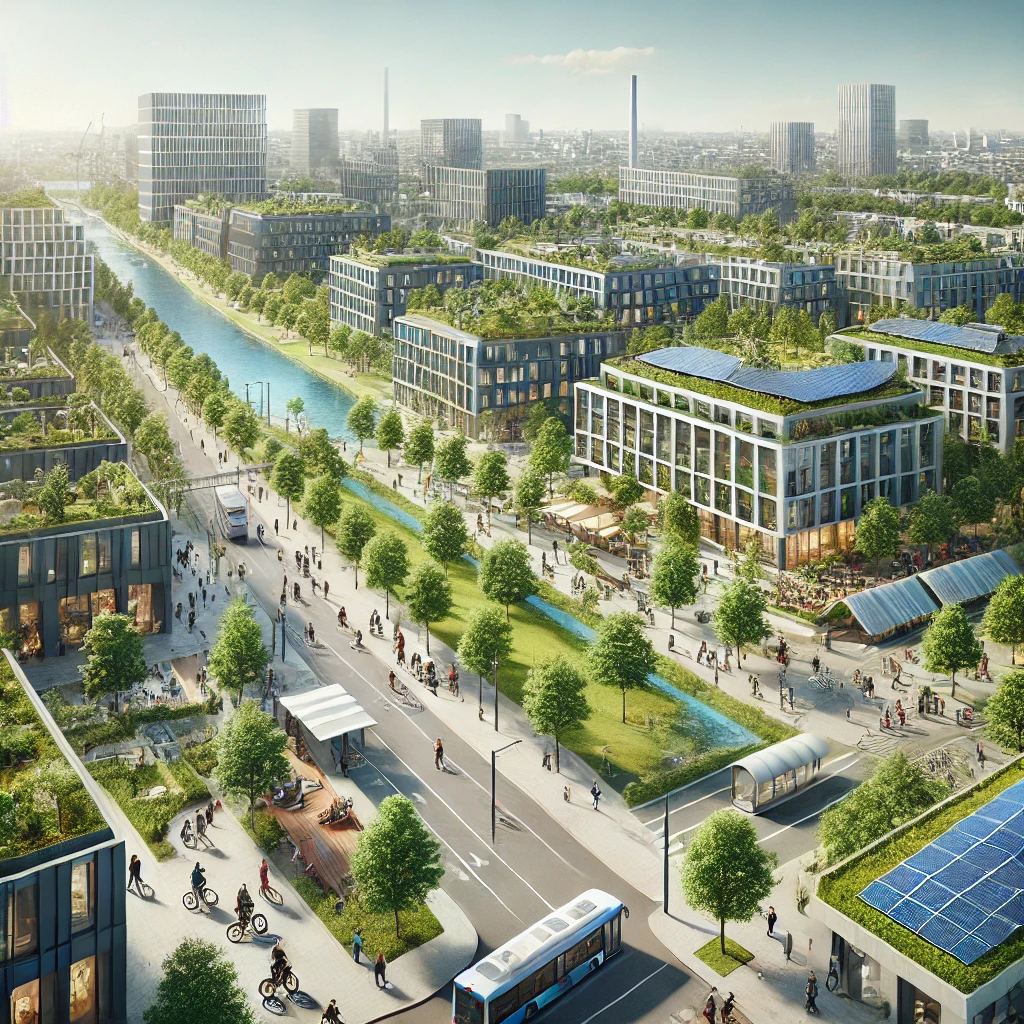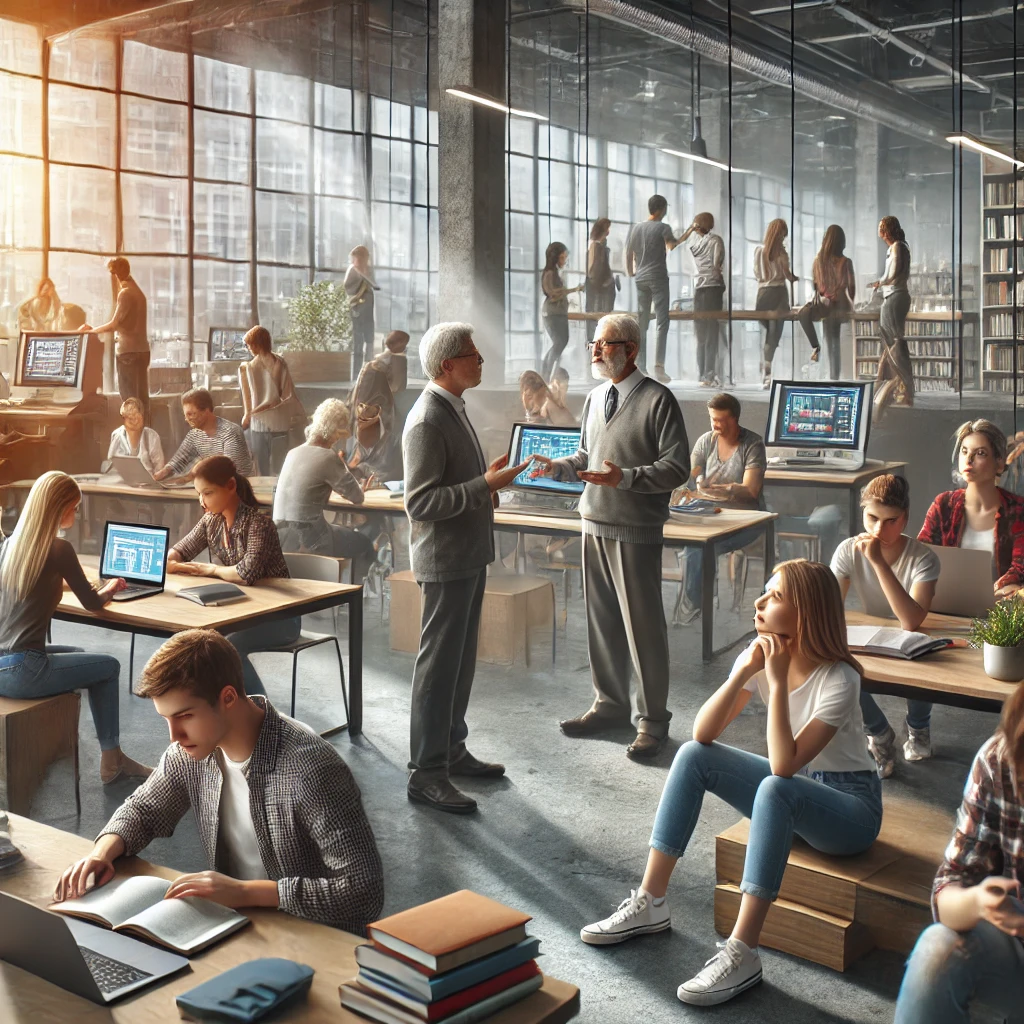
In the past few decades, technology has transformed the way people communicate, significantly altering the dynamics of human relationships. The rapid rise of smartphones, social media platforms, and instant messaging has ushered in an era of constant connectivity, breaking down geographical barriers and creating new avenues for interaction. While technology has undoubtedly facilitated communication, it has also introduced challenges that have reshaped the quality of relationships in profound ways.
Increased Accessibility and Instant Communication
One of the most significant benefits of modern technology is the ability to communicate instantaneously. Whether through text messaging, video calls, or social media platforms, people can now connect with others across the globe with ease. This increased accessibility has made it possible to maintain relationships with distant friends and family members, allowing for the strengthening of long-distance relationships. Video conferencing tools like Zoom or FaceTime have brought families together virtually, bridging the gap between continents and time zones.
This instant communication also benefits professionals by facilitating collaboration. Emails, Slack, and other digital communication tools enable efficient and real-time conversations, helping teams across the world work seamlessly. In many ways, technology has created an environment where communication is faster and more efficient than ever before.
The Rise of Social Media and Its Impact
Social media platforms, such as Facebook, Instagram, Twitter, and TikTok, have redefined the way people interact. These platforms allow individuals to share their thoughts, experiences, and achievements with a vast audience, fostering new forms of community and engagement. The ability to broadcast one’s life to a wide circle of acquaintances encourages social interaction, helping people stay connected with a broader network.
However, the curated nature of social media can sometimes distort reality, leading to feelings of inadequacy and isolation. The pressure to present an idealized version of oneself may strain relationships, as individuals feel the need to compete or compare their lives to others. This constant exposure to filtered lives has contributed to a phenomenon known as “social media envy,” where users experience dissatisfaction with their own lives as a result of comparing themselves to others.
The Diminishing Role of Face-to-Face Communication
While technology has made it easier to stay connected, it has also led to a reduction in face-to-face communication. In-person interactions provide important social cues, such as body language and facial expressions, which are often lost in text-based communication. The lack of non-verbal cues in digital communication can lead to misunderstandings, as it is harder to interpret tone or intention through a screen. Emojis and GIFs attempt to compensate for this gap, but they are often inadequate substitutes for genuine human interaction.
The prevalence of digital communication has also led to the rise of “phubbing” (phone snubbing), where people prioritize their devices over the individuals they are physically with. This behavior can weaken relationships, as it creates feelings of neglect and frustration. While technology makes communication more accessible, it has the potential to make interactions less meaningful when over-relied upon.
The Effect on Intimacy and Emotional Connections
Technology has also had a profound effect on intimacy and emotional connections. The ease with which people can communicate over long distances has led to the rise of online relationships, dating apps, and virtual communities. These platforms have made it easier for people to find romantic partners, friends, and support networks that they may not have had access to otherwise.
On the other hand, the lack of physical presence and real-world interaction can sometimes lead to superficial relationships. Online communication, while convenient, lacks the depth and emotional connection that face-to-face interactions provide. Many people report feeling more isolated or lonely, even when they are in constant communication with others online.
Moreover, the “always-on” culture encouraged by smartphones and social media can create an unhealthy expectation of instant replies, leading to anxiety and stress. People may feel overwhelmed by the constant barrage of notifications and messages, which can erode personal boundaries and the quality of relationships.
Strengthening vs. Weakening of Relationships
The role of technology in strengthening or weakening relationships largely depends on how it is used. For some, technology serves as a vital tool for maintaining relationships and keeping connections alive, especially in circumstances where in-person interaction is limited. It provides a platform for fostering new connections, rekindling old friendships, and engaging with a wide range of individuals across diverse cultures and perspectives.
However, for others, the over-reliance on digital communication can lead to shallow or distant relationships, as interactions become limited to screen-based exchanges. The convenience of digital communication may sometimes replace the effort needed to maintain strong, healthy relationships through meaningful, in-person interaction.
Technology has undeniably revolutionized the way people communicate, offering a wealth of tools to stay connected and build relationships across distances. Its influence on communication is both profound and complex—while it enables global connections and more efficient communication, it also introduces challenges that can weaken the quality of human relationships. The key lies in finding a balance between embracing the advantages of modern technology and preserving the authenticity and depth of real-world interactions.
To navigate this digital age successfully, individuals must be mindful of the ways in which technology influences their communication habits and relationships, ensuring that technology enhances rather than hinders meaningful human connections.

